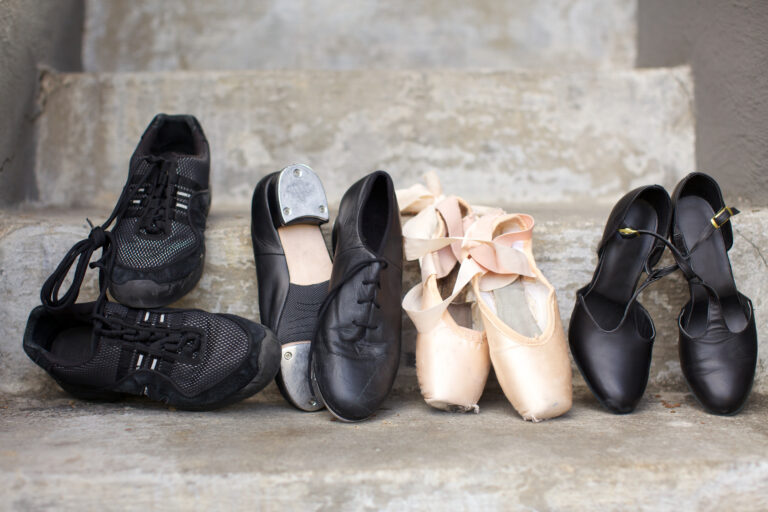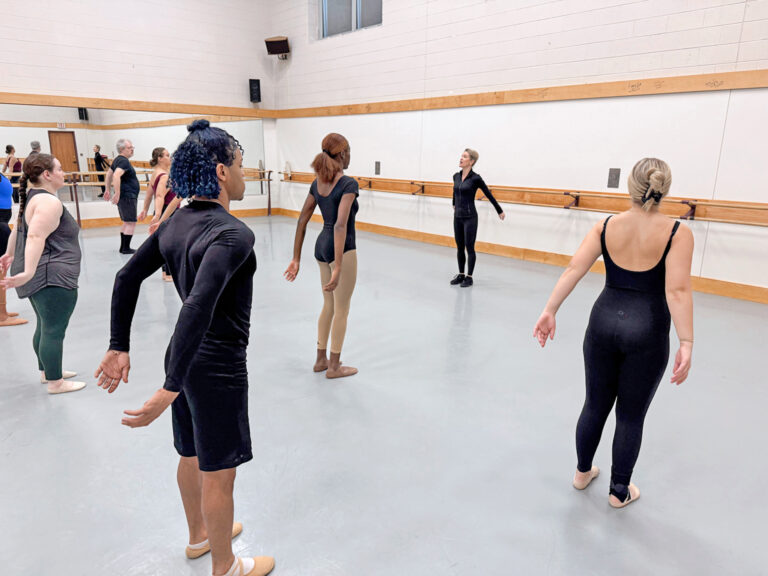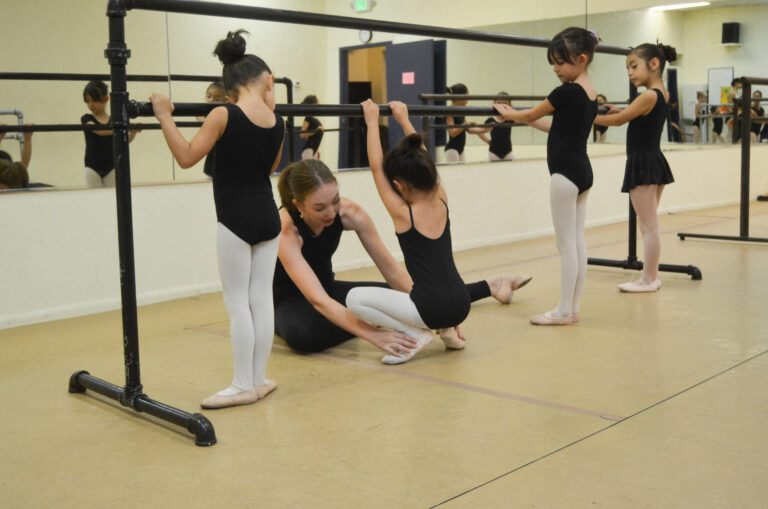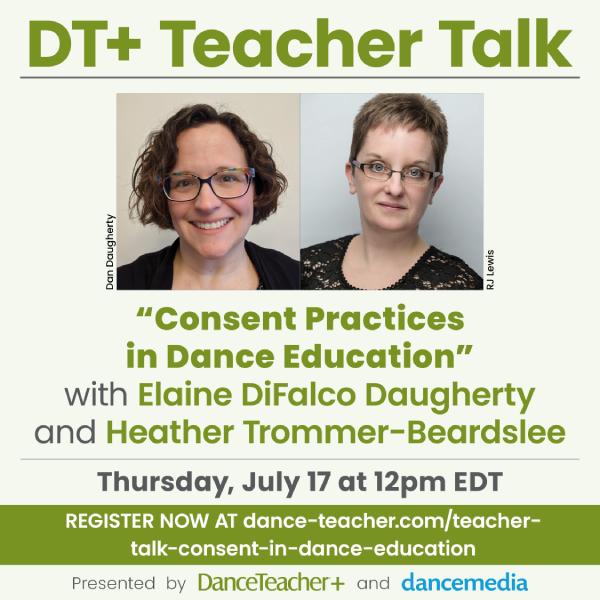
More studio time = more improvement? Not always, according to Roman Zhurbin, American Ballet Theatre soloist and certified personal trainer. “It’s absolutely necessary to take rest days so your body can reset and you stay motivated,” says Zhurbin. “Seven days a week of hard training is just unhealthy.” What is healthy: letting your body recover from a jam-packed dance schedule so you can give your best possible performance.
Give It a Rest
But lying on the couch is wasted time, you might say. Think again! “When you work hard in class or rehearsal, micro-tears form in the fibers of your muscles,” says Michelle Rodriguez, an NYC-based physical therapist who specializes in helping dancers. Sounds scary, but these tiny, tiny tears are what allow your muscles to hypertrophy—i.e., grow—which makes you stronger. You have to give your muscles periodic time off so they can do this repairing and rebuilding.
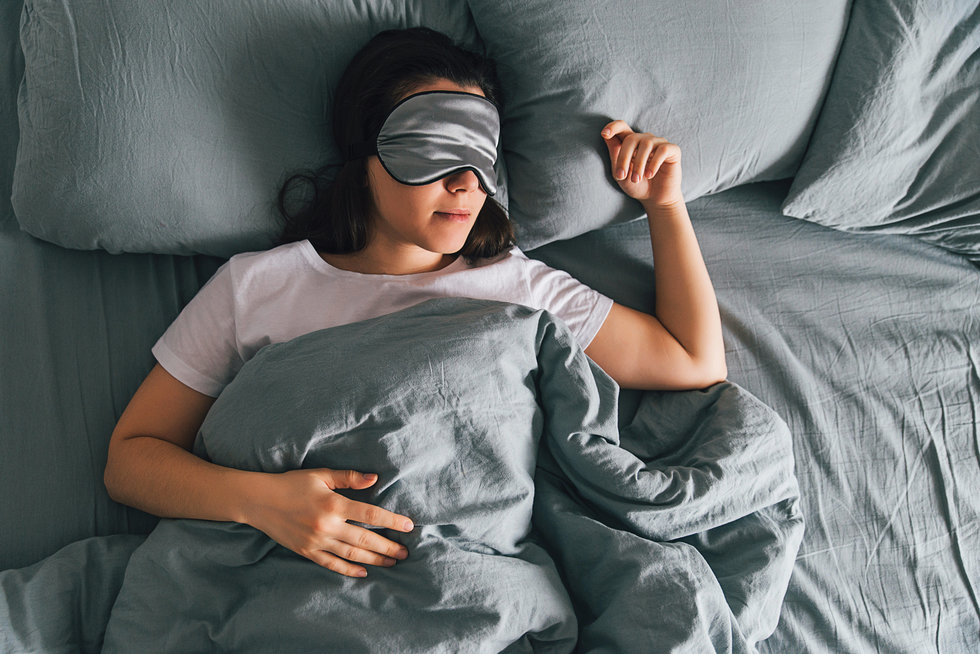 Thinkstock
Thinkstock
A weekly rest day is even more essential if you’re still growing or under 15. “Growth plates are the part of your bone that literally lengthen to make you taller,” says Dr. Selina Shah, a sports and performing arts medicine specialist and the physician for San Francisco Ballet School and Diablo Ballet. “Time off without the stress of impact allows for normal growth without injuring those growth plates.” Even if you’re done growing, regular days off help prevent stress fractures and other overuse injuries.
The Rest of the Best
What does a healthy rest-and-recovery regimen look like? Rodriguez, Shah, and Zhurbin agree that, ideally, you won’t set foot in a dance studio one or even two days each week. Getting eight hours of uninterrupted, high-quality sleep—more like 9 or 10 if you’re training intensely or still growing—is also crucial. Rodriguez recommends stretching, massaging, foam rolling, and wearing thigh-high compression socks during downtime to help hardworking muscles bounce back more quickly.
Oh, and the bathtub should be your BFF. “Muscles contract and relax because of the opening and closing of sodium and calcium channels,” says Rodriguez. “When you’re going hard, these electrolyte supplies can be depleted. When you lie in a bath containing Epsom salts or magnesium, your skin absorbs some of those minerals.”
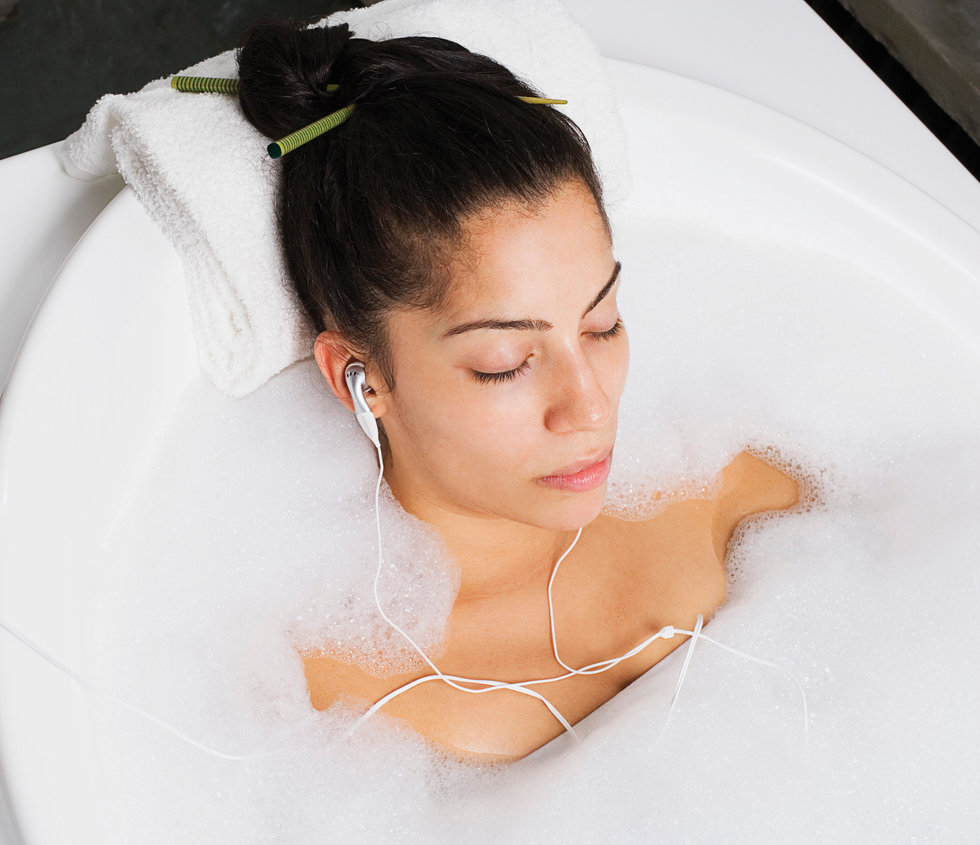 Thinkstock
Thinkstock
Feeling extra-brave? Take a page from Zhurbin’s book and opt for a cold shower or ice bath. “Research has proven cold temperatures assist in recovery,” explains Shah. “You can put a covered ice pack on sore areas or get in a cold bath for up to 15 minutes.” (That said, if a warm bath is what feels most relaxing to you, go for it!)
What to Do When You Literally Can’t Even…
…take a rest day, that is. The reality of life as a serious dancer is that you won’t always—or even usually!—be able to control your training and performance schedule. That just means it’s your responsibility to use the recovery time you do have to your
advantage. On a quick break between rehearsals? “Don’t spend it standing up,” says Rodriguez. “Sit down, eat a snack, then lie down and put your legs up on the wall. Even brief periods of true rest make a huge difference in recovering on a daily basis.”
 Thinkstock
Thinkstock
“Unlike most athletes, dancers are in season all year,” Rodriguez says. “Look at your career as a marathon, not a sprint. You don’t want to burn out because you’ve done too much.” The next time you have a week off between an out-of-town intensive and the start of classes at your home studio, don’t be afraid to spend that time relaxing. Or do as Shah suggests: “Try a sport you don’t have time for during the school year, just to allow your muscles to work in a different way.” Your body—and your dancing—will thank you.
What About Active Recovery?
American Ballet Theatre soloist and personal trainer Roman Zhurbin recommends incorporating active recovery into your cross-training plan up to three times a week. Think of active recovery as your regular cross-training workout, but less intense and half as long. “I’ll do lifting, pull-ups, body-weight exercises, push-ups, and anything else I’m working on,” says Zhurbin. “It’s classic strength and conditioning, but shorter and not fatiguing to the point where I’m exhausted.”
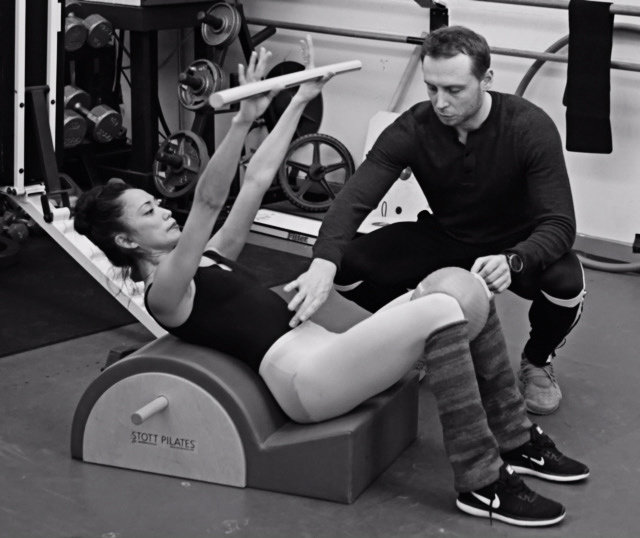
Personal trainer and American Ballet Theatre soloist Roman Zhurbin working with ABT principal Stella Abrera (courtesy Zhurbin)
You should actually feel more energized at the end of active recovery, as opposed to a regular cross-training session, which might leave you feeling pretty tired. Yoga, biking, walking, or a half-hour of barre are all great active recovery options.


